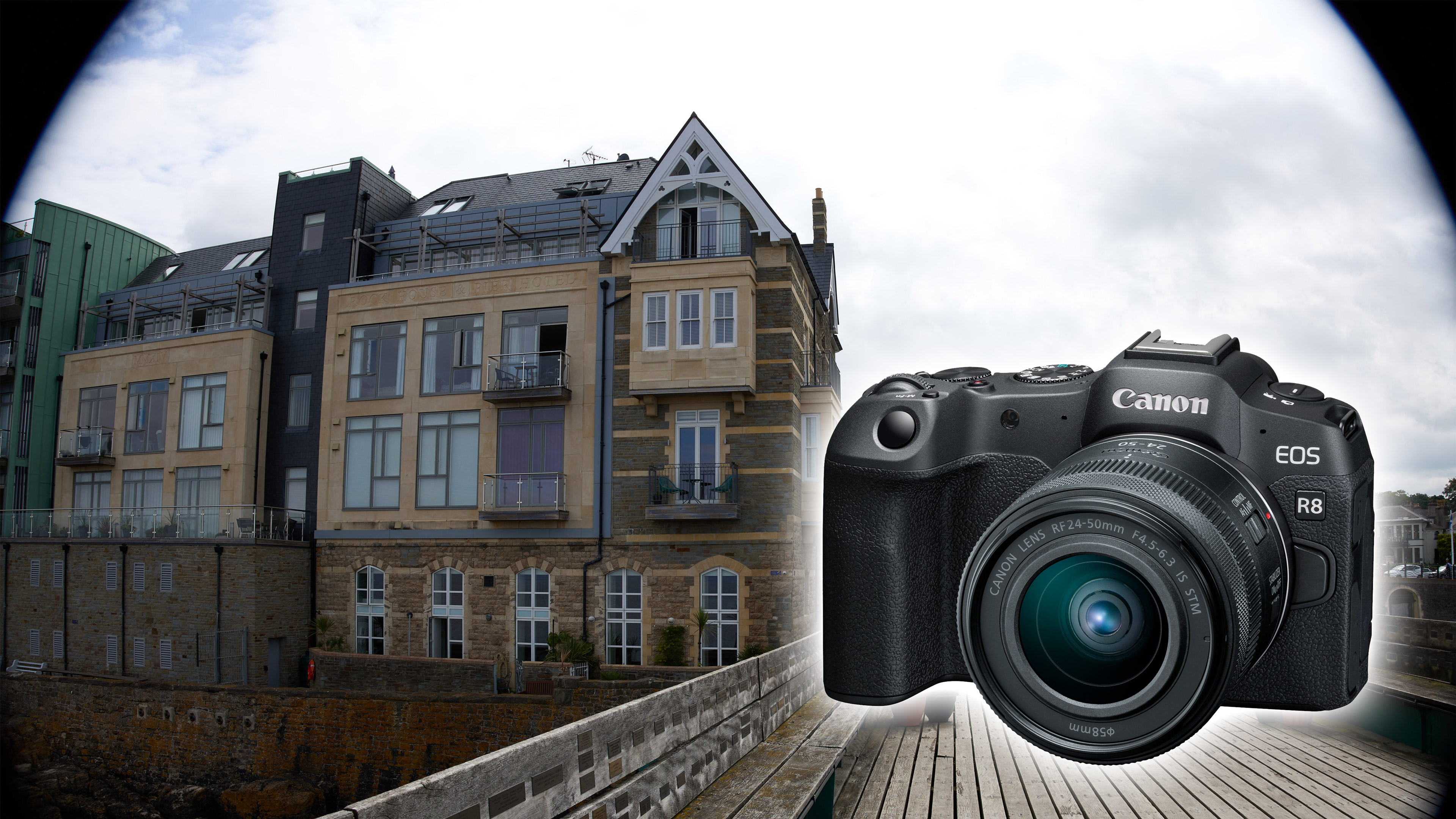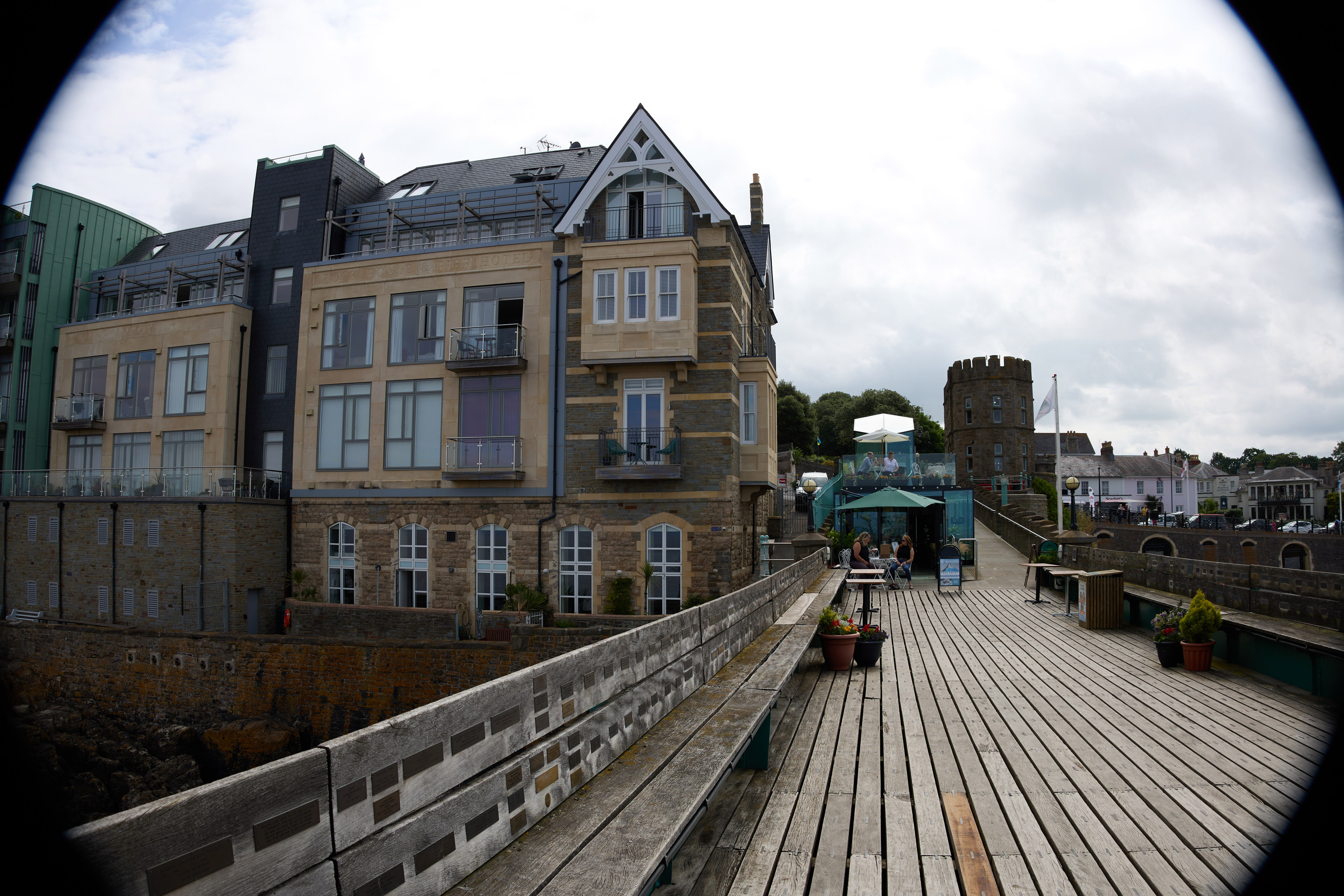Do Canon mirrorless shooters realize how far Canon is pushing its digital lens corrections?
I own a bunch of Canon zooms, and I see first hand how they are pushing digital corrections into whole new territory

One of my favorite ever standard zoom lenses is the Canon RF 24-105mm f/4-7.1 IS STM. It’s not just because it’s cheap and very light, but because it’s also very good.
I think it’s as sharp across the zoom range as the L-series RF 24-105mm f/4L IS USM, and it has the best IS of any lens I’ve used for a long time. It also relies so heavily on digital corrections, however, that uncorrected images shot at 24mm actually lose their corners.
That’s bad. But not as bad as the corrections needed for the little Canon RF 24-50mm f/4.5-6.3 IS STM retracting kit lens. Corrected, it’s an excellent little lens hampered only by its narrow maximum aperture across the focal range. Uncorrected, it’s unusable.
Canon does not embed correction profiles in its RAW files, so if you shoot RAW you need software that has a correction profile for this lens. Lightroom does, Capture One does not.
Capture One does not always bother with profiles for cheaper consumer lenses, and the correction needed for this one is so strong that Capture One’s manual distortion correction doesn’t have enough adjustment. That’s wild.
Luckily, it does have a profile for the remarkable Canon RF 15-30mm f/4.5-6.3 IS STM, another lens I own. It’s remarkable for its size, cost, lightness and optical performance – when corrected. Uncorrected, it’s awful.
Canon is not alone in producing lenses where digital correction is essential, but I’ve rarely seen this degree of correction. Optical purists will hate them, feeling that lenses should be corrected optically and that digital corrections are at best a cheap cop-out and at worst a deliberate attempt to deceive.
The best camera deals, reviews, product advice, and unmissable photography news, direct to your inbox!
I’m not so sure. I suspect what Canon has done is abandon optical distortion correction, which you can do digitally, to concentrate on other optical properties.
[Editor's note: This is exactly the case. Canon explained to me that by assigning distortion aberration correction to the camera, it can make lenses smaller and lighter. Moreover, rather than 'overstretching' the image to fill the frame, reducing image quality during correction, the necessity to stretch the image in-camera is considered at the engineering stage and the lens is designed to deliver extra resolution specifically for this purpose – so image quality is not negatively affected.]
The fact is I like these lenses a lot for their size, cost, weight, stabilization and (corrected) image quality. I do wish Canon would embed correction profiles in its RAW files, but that aside, these are great lenses. With image quality, perhaps it’s where we end up that matters, not how we get there?
You might also like…
Take a look at the best Canon RF lenses and the best Canon standard zoom lenses.

Rod is an independent photography journalist and editor, and a long-standing Digital Camera World contributor, having previously worked as DCW's Group Reviews editor. Before that he has been technique editor on N-Photo, Head of Testing for the photography division and Camera Channel editor on TechRadar, as well as contributing to many other publications. He has been writing about photography technique, photo editing and digital cameras since they first appeared, and before that began his career writing about film photography. He has used and reviewed practically every interchangeable lens camera launched in the past 20 years, from entry-level DSLRs to medium format cameras, together with lenses, tripods, gimbals, light meters, camera bags and more. Rod has his own camera gear blog at fotovolo.com but also writes about photo-editing applications and techniques at lifeafterphotoshop.com
You must confirm your public display name before commenting
Please logout and then login again, you will then be prompted to enter your display name.


